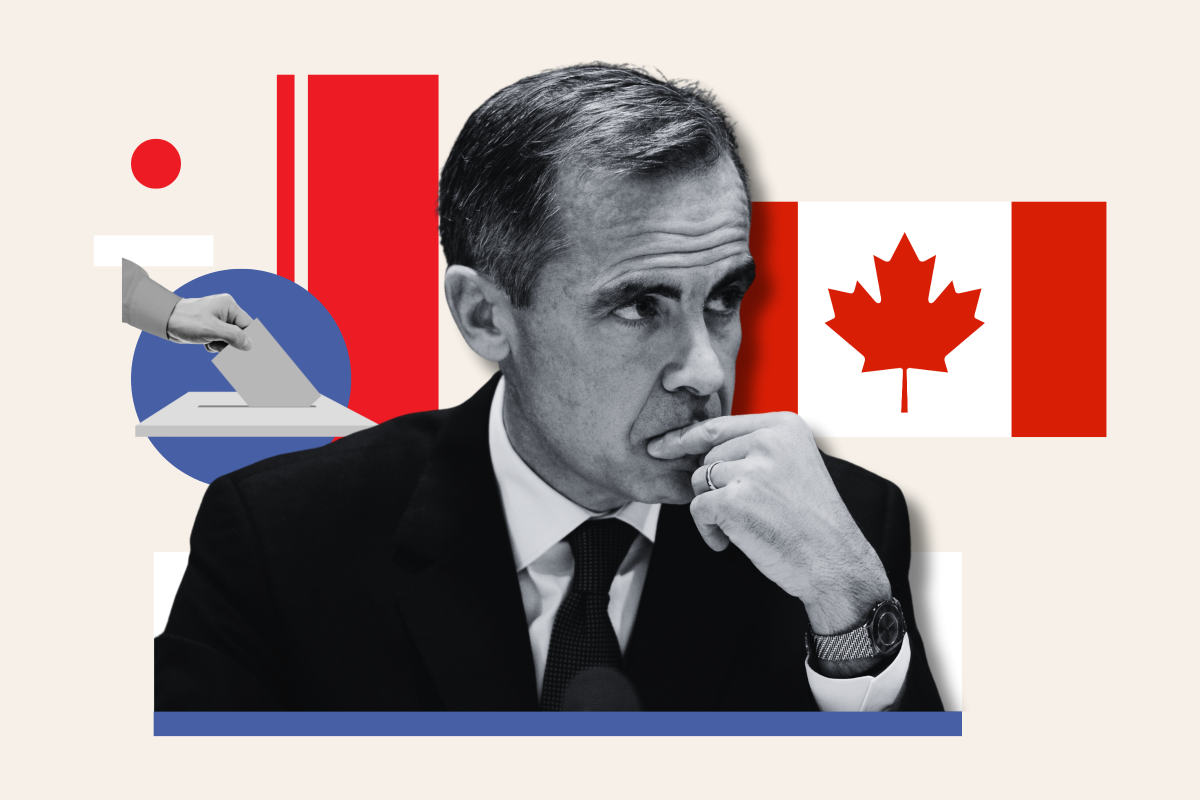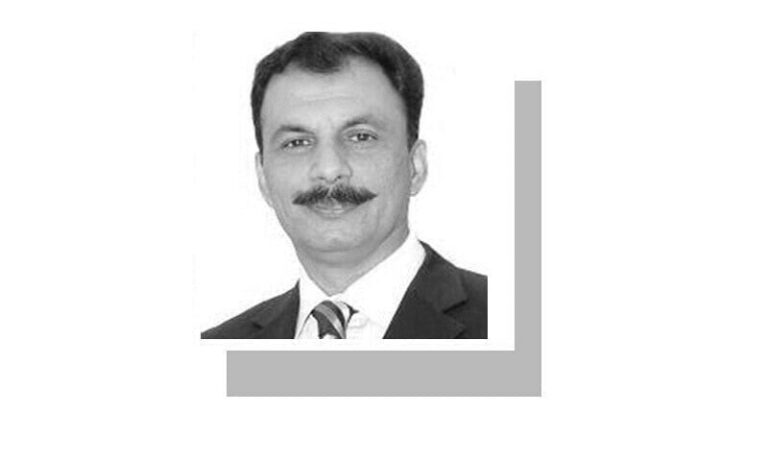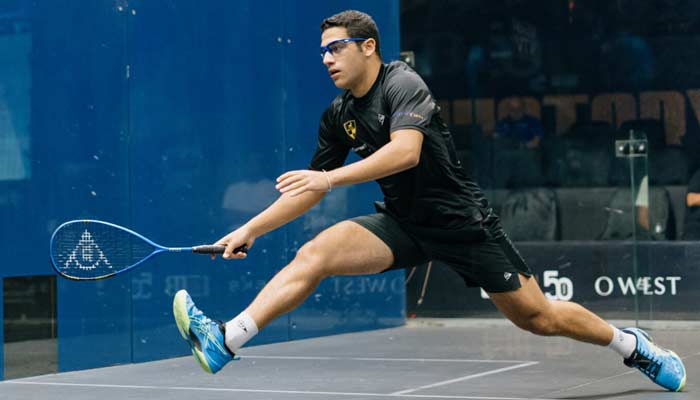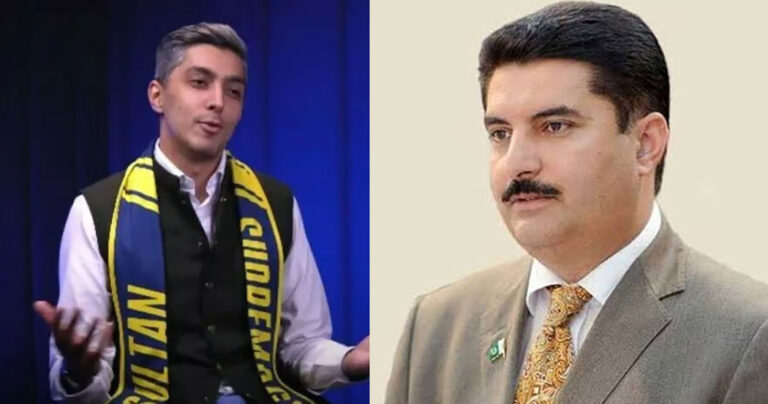
Canadian Election-2025
By Ijaz Ahmad Khan
TORONTO: Mark Carney’s Liberal Party, who took over after Justin Trudeau, is predicted to win this week’s general election in Canada, but is unlikely to win a landslide, according to recent polling.
Justin Pierre James Trudeau who served as the 23rd Prime Minister of Canada from 2015 to 2025 and later on resigned, giving a space to Mark Carney.
A member of the Liberal Party of Canada, he served as the party’s leader from 2013 until his resignation in 2025 and was member of Parliament for Papineau from 2008 until 2025.
As of the 2025 federal election, the Canadian House of Commons comprises 343 seats, an increase from the previous 338. This adjustment reflects the electoral redistribution based on the 2021 Canadian census, marking the first election conducted under the new 343-seat electoral format.
The changes mean that the winning party would need to secure 172 seats to win a majority and avoid forming a coalition, while winning more than 200 seats would be seen as a landslide victory.
Whatever happens in Monday’s federal election, Canada’s political party system is likely to look very different when it is over.
The Liberal Party has been Justin Trudeau’s party for over ten years; what Mark Carney will make of it, win or lose, is not yet clear. The smaller parties have been struggling to be heard this entire campaign and might end up with a much-reduced role in the House of Commons.
And, the Conservatives’ fortunes have been turned upside down over the last four months. They were poised to win a big majority but now that looks unlikely. A loss for them may put the united conservative movement at risk.
When Justin Trudeau took over the Liberal Party in 2013, it was at its lowest point in memory. The Party was in third place in the House of Commons with just 34 seats, but Trudeau won a majority government just two and a half years later. He won by making the party his own. The Liberal Party brand, as well as its traditional position in the ideological centre, were wedded to Trudeau’s image and virtue-based priorities. He pulled the party to the left and formed an agreement of confidence and supply with the NDP that lasted for most of Trudeau’s third mandate.
When he left in January of this year, when his abysmal approval ratings were dragging the party down, this created an opportunity for Mark Carney to take over. Like Trudeau before him, Carney inherited a weak party. But his Liberal Party won’t be Trudeau’s. He’s wearing the Liberal jersey but often comes across like the sort of Progressive Conservative previously thought to be extinct.
Carney’s focus on the economy stands in stark contrast to Trudeau’s emphasis on social programs, reconciliation, and progressivism. He is appealing to those centrist voters who felt orphaned when Trudeau veered to the left. Whether Carney forms government or sits on the opposition benches, he will need to fortify a coalition of supporters and redefine the Liberal Party in a way that suits his identity and voice. This will likely be smack-dab in the middle of the ideological centre. His skills as an intra-party consensus-builder will be put to the test, in the event that the traditional left and right wings of the Liberal Party come back into the fold under his leadership.
It would be logical to conclude that a move back to the centre for the Liberals would leave some room on the left for the New Democrats to grow, but the opposite may be the case. The NDP has been polling consistently at less than 10 per cent since the campaign started. This is partly because of the “presidentialization” of this election campaign. It’s all about electing the right leader to stand up to Donald Trump and lead Canada through a period of existential uncertainty. Since the NDP are not in a competitive position to form government, they are unable to answer the ballot question.
However, the polls suggest that the Liberal Party is likely to fall short of a landslide victory.
Carney has called snap elections for April 28, after Justin, in what is seen as a major test of how far attitudes have changed toward the previously clear favorite, Poilievre, who has been compared ideologically to President Donald Trump.
The election comes as the friendly rapport between Canada and the United States has soured, with tensions elevated in recent weeks following Trump’s tariff agenda and repeated remarks about making Canada the 51st state.
It is certainly a joke when Trump, said his work about a sovereign and independent country like Canada, having lot of resources, said Mr. Asif, a Canadian journalist and frequent international traveller.
Canada-U.S relations are expected to be a defining issue in the upcoming election, as both parties grapple with rising tensions and concerns about national sovereignty.
Election forecasts show the Liberal Party, now led by Carney, surging ahead in the polls, but a dominant landslide victory remains uncertain.
According to CBC News’ projection model, the Liberals have a 74 percent chance of forming a majority government, with the Conservatives trailing far behind at just 8 percent. CBC’s current projection puts the Liberals at 190 seats—just above the 172-seat threshold for a majority—while the Conservatives are expected to secure around 125.
The Bloc Québécois is projected to take 22 seats, while the NDP is forecast to win just five, marking a steep decline. The Green Party is expected to retain a single seat.
In a recent interview with 4th pillar US TV, Bisma Ansari said that they would to build a greater future for the Canadian. The unemployment, education and beside extended a better healthcare programs need to be overhauling so as to increase maximum public participation. She said her party believes in building better future for the next generation and looking for their maximum participation. One seat or more than one count the same if one has vision to work with commitment, dedication and love to serve the people, Bisma Ansari said.
YouGov’s election model paints a similar picture: a Liberal win with between 163 and 201 seats (median: 182), and the Conservatives taking between 115 and 153 seats (median: 133). In that scenario, a hung parliament remains within the realm of possibility.
Much of the Liberals’ momentum stems from their ability to capitalize on the NDP’s collapse and outperform the Conservatives in key battlegrounds. While the Liberals and Conservatives are expected to exchange about 12 seats between each other, the Liberals are projected to gain 13 NDP-held ridings, compared to just seven for the Conservatives. In Quebec, the Liberals are forecast to flip 11 seats from the Bloc Québécois, while the Conservatives are only expected to win one.
When it looked like the Conservatives were going to win big, there was a scenario where the Bloc Quebecois could have formed the Official Opposition. But not anymore. They are trailing the Liberals by around 15 points, depending on which poll you read, so their dreams of a higher seat count seem to be dashed.
The decline in support for the smaller parties, particularly the NDP, is no help to the Conservatives. Even though they are polling at over 38%, it appears to be not enough for a win because strategic votes are lining up behind Mark Carney. By pulling to the centre and overlapping with Poilievre’s platform, Carney has changed the game and taken away Poilievre’s edge. The people who were planning to vote Conservative for policy reasons, even though they don’t like Poilievre, can now just vote for Carney instead.
The contraction of the smaller parties will make the House of Commons look more like it did before the realignment of the 1990s, when Brian Mulroney’s Progressive Conservative majority splintered off into the Bloc Quebecois and the Reform Party. The two large parties will be doing more interest aggregation internally – that is, unless the Conservative movement breaks down again, as it did in the 1990s.
Poilievre’s coalition of support is heterogeneous and its constituent parts are often hard to reconcile. Tim Houston’s “Nova Scotia video”, released during Poilievre’s only visit to Nova Scotia during this campaign, is fueling speculation that he’s eyeing the top job. He’s a self-identified red tory and has taken pains to distance himself from the federal Conservatives in their current iteration. Meanwhile, former Reform Party leader Preston Manning is threatening a national unity crisis if the West is not prioritized.
If the Conservatives don’t win, the various factions within it might not see much reason to carry on united. This would transform the party system entirely.
The ballot question in this election is all about leadership, but the composition of the House of Commons hangs in the balance. If the polls are right, it could look quite different after the votes are counted.
YouGov also anticipates that the NDP will suffer its worst-ever performance, with just four seats, while the Bloc could lose 23 seats compared to its 2021 showing. The Green Party is likely to maintain its two current seats.
On the national vote share, projections suggest the Liberals will capture about 42 percent, followed by the Conservatives at 38 percent. The NDP trails at 10 percent, with the Bloc at 6 percent, and both the Greens and the People’s Party hovering around 2 percent.
The 338Canada projection model shows similar trends, giving the Liberals at least 186 seats and the Conservatives 124. The Bloc is projected to win 24 seats, the NDP eight, and the Greens one.
The dramatic turnaround for the Liberals follows months of political turmoil and economic unease. Under Trudeau, the party was headed toward likely defeat amid criticism over the economy. But everything changed in December, when Trump threatened heavy tariffs on Canadian goods, triggering a nationalist backlash that reshaped the political landscape.
The surge in Liberal support coincided with Trudeau’s resignation and the rise of Carney, a former central banker. Carney currently holds a 48 percent approval rating—significantly higher than his rivals—and is the only federal leader with a net-positive favorability rating, according to Ipsos.
“Trump’s constant threats and Mark Carney’s image as a serious, experienced—albeit not-very-charismatic—manager of crises have helped their prospects,” Tom Urbaniak, professor of political science and director of the Tompkins Institute at Cape Breton University, told Newsweek.
But he noted that Conservative leader Pierre Poilievre may still have a narrow path to government. “He still has a chance to win a plurality of seats, but he would have to quickly make up lost ground in Ontario, especially in the suburban areas around Toronto,” he said.
However, this election is going to be defined by Trump, with his provocative comments about annexing Canada and declaring economic war looming large over the campaign, heightening public anxiety, Urbaniak said—and that may ultimately count against the Conservative Party.
“Donald Trump is the ghost hanging over this election. His outrageous comments about annexing Canada and declaring economic war on this country have rattled the electorate, created a great deal of anxiety and to some extent overshadowed or absorbed other issues,” Urbaniak said.
He added: “Although the Conservatives have also opposed Trump’s annexationist musings, the Liberals are perceived as being less aligned with Trump. Some of the Conservatives’ populist messaging—anti-‘woke,’ ‘Canada First,’ attacking the mainstream media and de-funding the public broadcaster, slashing the public service, expressing suspicion about universities and experts, and giving derogatory nicknames to political opponents—has echoes of Trump.”
Tom Urbaniak told Newsweek that he is expecting a Liberal landslide, but a Liberal majority of seats is possible. “I am not anticipating the Liberals getting more than 200 seats (out of 343). If the Liberals win a plurality of seats, but not a majority, they will form government and will likely lean on the Bloc Quebecois to retain the confidence of the House of Commons—although it would be hard to imagine such an arrangement lasting as long as four years,” he added.
Now it the time the Canadians would head to the polls on April 28 and on the other side the conservatives are saying that Carney is ‘just like Justin.
During the English leadership debate, some of the most compelling exchanges included Mark Carney fending off accusations from Pierre Poilievre that the Liberal leader was just another version of Ex Prime Minister Justin Trudeau.
“You spent years running against Justin Trudeau and the carbon tax,” Carney said to the Conservative leader in one memorable exchange. “They’re both gone.”
“You’re doing a pretty good impersonation of him with the same policies tonight,” Poilievre responded in his own talks.
There were similar moments throughout both debates — Poilievre trying his best to link Carney to his predecessor and the Liberal leader repeatedly stressing that he is a “very different person from Justin Trudeau.”
The attempt to claim Carney and Trudeau are cut from the same political cloth has been a significant feature of the Conservative campaign. But it also raises questions just how fair such comparisons are, and if they’ve been an effective point of attack against the Liberal leader.
“I’m a very different person from Justin Trudeau,” says Carney
Conservative Leader Pierre Poilievre, speaking during the English-language leaders’ debate on last Thursday, says Liberal Leader Mark Carney is making the same promises as former leader Justin Trudeau. Carney responds by saying that both Trudeau and the carbon tax are gone.
Certainly, the two leaders seem to agree on one aspect of the former prime minister: he’s widely seen as unpopular across Canada, was likely headed toward defeat if he stayed on and any comparison to him is politically damaging.
That’s why the Conservatives have spent a significant part of the campaign keeping Trudeau’s name alive, and more importantly, trying to link him to his successor.
Carney hasn’t rejected all possible similarities to Trudeau, saying in a recent interview with the popular Sunday night Radio-Canada show Tout le monde en parle, that he shares Liberal Party values — including solidarity, equality and reconciliation — with the former prime minister.
But he has stressed, as he did in a February interview with the Toronto Star, that he’s “a different person with a different life experience and a vastly different professional experience than the prime minister.”
“Different person, different policies, different approach to governing,” he said. Yet some Conservatives claim that Carney is just another version of Trudeau, arguing he has surrounded himself with some of the same Trudeau team, has some similar Trudeau policies, and that there’s not much political daylight between the two. Meanwhile, Poilievre has been recently claiming that the Liberal platform was pre-written before Carney became leader, something the Liberal Party has strongly denied.
Carney does have a couple of former Trudeau cabinet ministers — Marco Mendicino and David Lametti — as part of his team. But one of the Conservatives’ major knocks against Carney, and why they suggest he’s inextricably linked to Trudeau, is his role as an economic adviser to the previous government.
During the English debate, Poilievre raised the topic of inflation and asked Carney to “apologize to the many people who suffered as a result of the inflationary policies that you advised Justin Trudeau to implement.”
Carney rejected the claim, to which Poilievre asked if he was denying that he was Trudeau’s economic adviser.
“I did not provide any of that advice,” Carney said. In August 2020, Bloomberg News first reported that just five months after stepping down as Bank of England governor, Carney was advising Trudeau on an economic recovery plan in the wake of the COVID-19 pandemic. Then in September 2024, the Liberal Party announced that Carney would serve as the “chair of a Leader’s Task Force on Economic Growth.”
“Mark’s unique ideas and perspectives will play a vital role in shaping the next steps in our plan to continue to grow our economy and strengthen the middle class, and to urgently seize new opportunities for Canadian jobs and prosperity in a fast-changing world,” Trudeau said in a statement at the time.




